 Google Google-AMA : Google AdWords Mobile Advertising Exam DumpsExam Dumps Organized by Martin Hoax |
Latest 2023 Updated Google Google AdWords Mobile Advertising Syllabus
Google-AMA Exam Dumps / Braindumps contains Actual Exam Questions
Practice Tests and Free VCE Software - Questions Updated on Daily Basis
Big Discount / Cheapest price & 100% Pass Guarantee
Google-AMA Test Center Questions : Download 100% Free Google-AMA exam Dumps (PDF and VCE)
Exam Number : Google-AMA
Exam Name : Google AdWords Mobile Advertising
Vendor Name : Google
Update : Click Here to Check Latest Update
Question Bank : Check Questions
Google-AMA Cheatsheet are totally changed by Google
Avoid wasting your energy on outdated Google-AMA digital books and instead register at killexams.com for access to up-to-date Google-AMA questions. Our team works continuously to provide updates and valid Google-AMA Practice Questions sourced from Google-AMA cheat sheet.
Our collection of 2023 Google-AMA Exam Dumps is both valid and current, having been thoroughly tested in real Google-AMA exams. We offer the most precise and recent Google-AMA exam dumps, which cover all the difficult questions that often result in exam failure. By using our Google-AMA PDF Questions, you won't have to waste time poring over multiple reference books. While reading books is undoubtedly useful if you have the time, memorizing our Google-AMA Actual Questions and answers is all you need if you don't. This way, you can quickly prepare for the genuine Google-AMA exam and head straight to the testing location.
We take pride in our proven track record of helping students achieve their desired results in the Google-AMA exam. We have a wealth of experience in creating comprehensive study materials that are both accessible and effective. With our Google-AMA PDF Questions, you can rest assured that you are studying with the most reliable and accurate resources available. Our focus on real exam questions means that you will be well-prepared for any unexpected twists or turns in the exam. So if you want to ensure your success in the Google-AMA exam, look no further than our Google-AMA Exam Dumps.

Google-AMA Exam Format | Google-AMA Course Contents | Google-AMA Course Outline | Google-AMA Exam Syllabus | Google-AMA Exam Objectives
Exam Detail:
The Google AdWords Mobile Advertising certification exam assesses an individual's knowledge and skills in creating, managing, and optimizing mobile advertising campaigns using Google AdWords. Here are the exam details for the Google AdWords Mobile Advertising certification:
- Number of Questions: The exact number of questions may vary, but the exam typically consists of multiple-choice questions.
- Time Limit: The time allotted to complete the exam is 90 minutes.
Course Outline:
The course outline for the Google AdWords Mobile Advertising certification covers several key areas related to mobile advertising campaign management. The topics typically included in the course outline are as follows:
1. Introduction to Mobile Advertising:
- Understanding the mobile landscape and its impact on advertising.
- Recognizing the benefits of mobile advertising for businesses.
- Identifying different mobile ad formats and placements.
2. Mobile Advertising Campaign Creation:
- Setting campaign objectives and goals for mobile advertising.
- Conducting keyword research and selecting relevant keywords for mobile ads.
- Creating effective mobile ad copy and utilizing ad extensions.
3. Mobile Ad Formats and Ad Management:
- Understanding different mobile ad formats, including text ads, image ads, and video ads.
- Utilizing targeting options to reach the desired mobile audience.
- Setting bid strategies and budget allocation for mobile campaigns.
4. Mobile App Advertising:
- Implementing mobile app promotion campaigns.
- Utilizing app-specific targeting and ad formats.
- Tracking and measuring app installs and conversions.
5. Mobile Website Advertising:
- Creating mobile-friendly landing pages and optimizing user experience.
- Implementing mobile-specific ad extensions and call extensions.
- Tracking and analyzing mobile website performance.
Exam Objectives:
The objectives of the Google AdWords Mobile Advertising certification exam are as follows:
- Assessing candidates' understanding of mobile advertising concepts, strategies, and best practices.
- Evaluating candidates' proficiency in creating and managing mobile advertising campaigns.
- Testing candidates' knowledge of mobile-specific ad formats, targeting options, and optimization techniques.
Exam Syllabus:
The specific exam syllabus for the Google AdWords Mobile Advertising certification may cover the following topics:
1. Mobile Advertising Fundamentals:
- Mobile advertising landscape and its significance.
- Mobile ad formats, targeting options, and ad extensions.
- Mobile ad policies and best practices.
2. Mobile Campaign Creation and Management:
- Setting up mobile advertising campaigns.
- Keyword research and selection for mobile ads.
- Mobile ad copy creation and optimization.
3. Mobile App Advertising:
- Mobile app promotion campaigns.
- App-specific ad formats and targeting.
- Tracking and measuring app installs and engagement.
4. Mobile Website Advertising:
- Creating mobile-friendly landing pages.
- Mobile-specific ad extensions and call extensions.
- Mobile website performance tracking and optimization.
Killexams Review | Reputation | Testimonials | Feedback
Right here is right material updated dumps, correct answers.
As the EC exam dates approached, I began to feel increasingly fearful and nervous. However, killexams.com proved to be an invaluable partner and provided tremendous support. If you need high-quality EC dumps, killexams.com is the ultimate solution and your last resort. Their dumps are excellent and of the highest quality, and I recommend them with complete confidence. Initially, I was unsure about the braindumps, but killexams.com proved me wrong, and their dumps were of tremendous use, enabling me to score high marks in the exam.
High-quality and updated dumps of Google-AMA exam are available.
I passed the Google-AMA exam this month, thanks to the excellent training questions and answers provided by killexams.com. I can vouch for the dependability of this website. Initially, I didn't think that braindumps could be this helpful, but after using killexams.com, I realized that it offers more than a mere sell-off. It provides you with the resources you need to pass your Google-AMA exam and also enables you to learn the concepts you will need. It is the perfect solution for saving time and energy. I highly recommend killexams.com to everyone.
Questions had been precisely equal as i bought!
The Google-AMA exam was particularly difficult for me, but killexams.com's exam material proved to be an excellent resource. I was able to score 85% by using the guidebook to prepare for the exam.
What is needed to pass Google-AMA exam?
Acquiring a test dump with all the necessary features for the Google-AMA exam can be challenging. However, I consider myself fortunate to have found killexams.com material, which contains all the essential facts and features and is very helpful. The Dumps provided were comprehensive, making the learning process seamless for me in every topic. I highly recommend it to my friends.
Can you believe, all Google-AMA questions I read were asked.
I had tried many methods to achieve my goal of scoring high in the Google-AMA, but none of them worked. However, I made a mistake by using killexams.com's online Google-AMA exam help, which turned out to be a sweet mistake. I scored well on the exam, thanks to the killexams.com practice exam, which was available online.
Google AdWords Study Guide
Google Home guide: Everything you need to know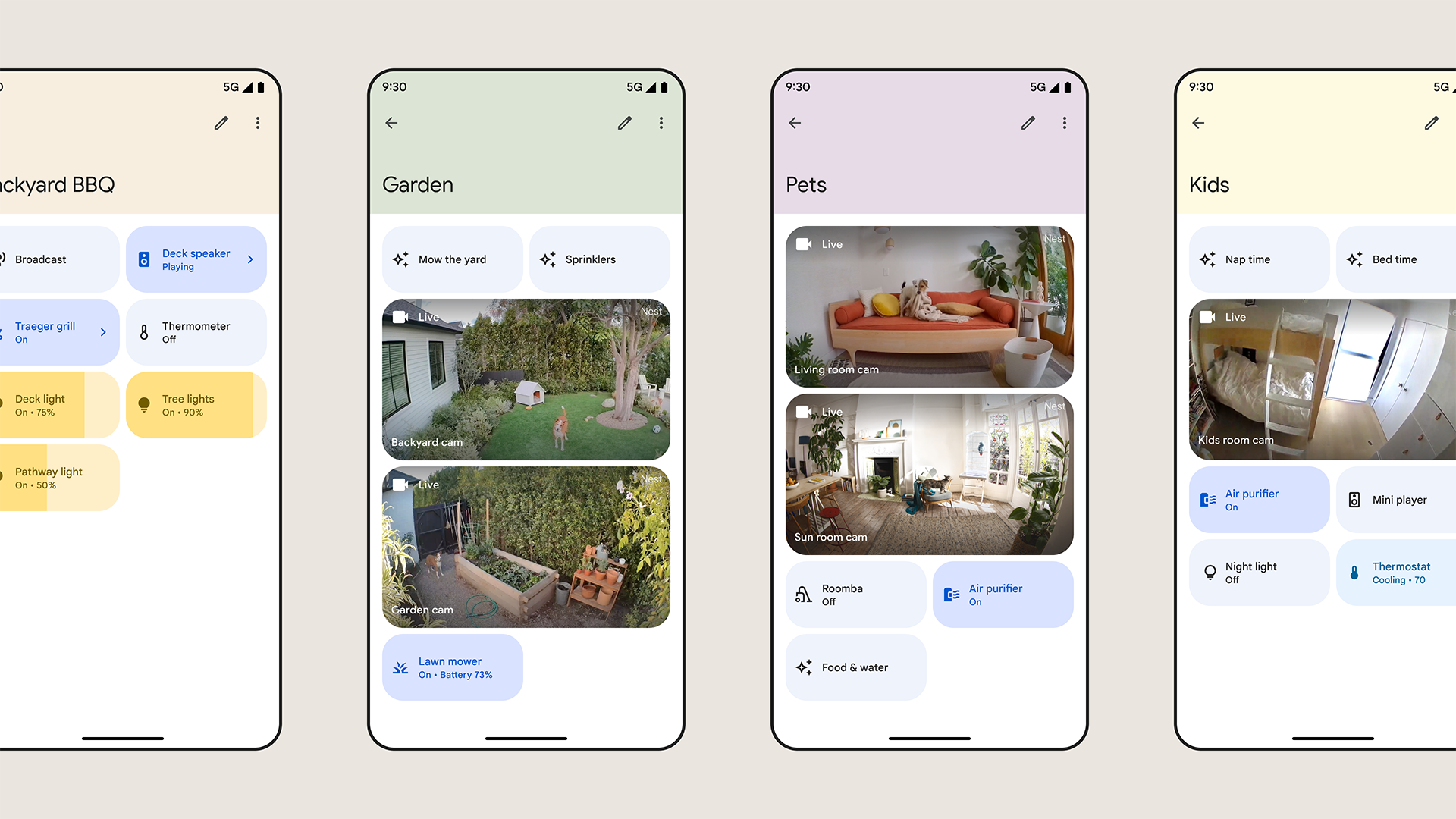
Whether you’ve been eyeing Google’s smart home offerings for a while or you’re just beginning to explore them, here’s what you need to know about Google Home — including available devices, the official app, and the best ways of getting started with it. What is Google Home? 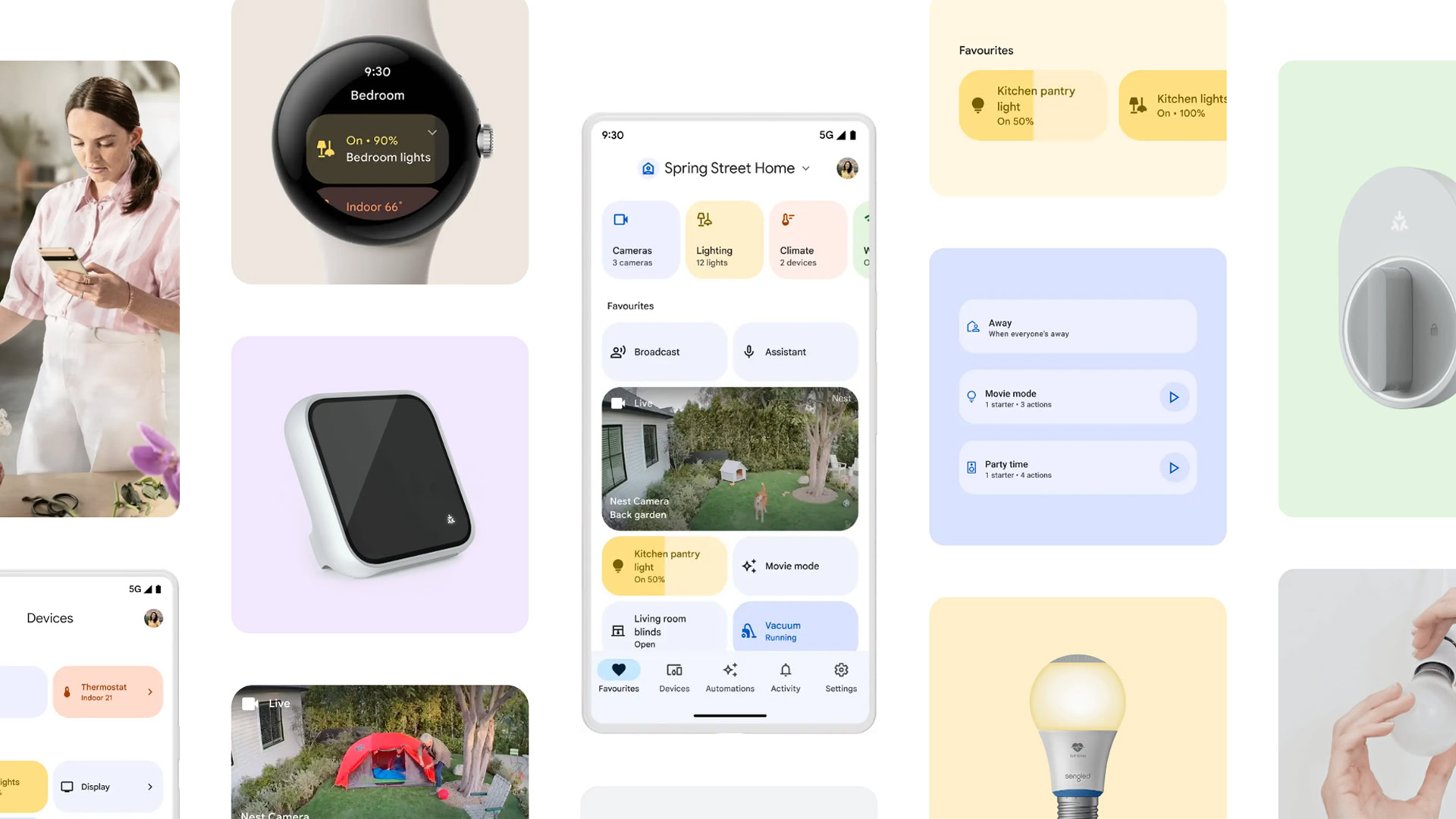
Originally, Google Home was just a smart speaker of the same name. To cut to the chase though, it’s evolved into a broader umbrella for Google’s smart home ecosystem, managed through the Google Home app for Android and iOS/iPadOS. If you have an Android phone, the app is probably already installed. There are also web and Wear OS controls, though the web interface is limited to viewing Nest cameras and doorbells. Google’s naming scheme may be somewhat confusing, since all of the company’s own smart home devices are sold under the Google Nest label. The first-party lineup includes speakers, displays, doorbells, security cameras, thermostats, Wi-Fi routers, media streamers, the Nest x Yale lock, and the Nest Protect smoke/carbon monoxide alarm. You can of course buy plenty of Home-compatible products from outside brands, such as Kasa, Ecobee, Nanoleaf, Wyze, and Philips Hue. Home also supports universal Matter pairing for accessories, though as of mid-2023 you need both an Android phone and a Google-made Matter controller, namely one of the company’s speakers or displays, or else a Nest Wifi Pro. It’s not clear when the Home app for iPhone and iPad will support Matter. Google Home is an umbrella name for Google's smart home ecosystem. One thing all Home-linked accessories share is Google Assistant integration. This enables automation and voice control, whether directly or through a separate device. You can for instance control a Chromecast through your phone, a speaker, a Pixel Watch, or the bundled voice remote — as long as everything is linked to your Google account, it makes no difference. No subscription is required to use Home, but if you’re counting on Google Nest products for home security, you’ll want a Nest Aware plan. The base tier extends video event history to 30 days, and adds familiar face detection as well as alerts when mic-equipped devices pick up alarms or breaking glass. A more expensive Aware Plus tier upgrades to 60 days of event history, plus up to 10 days of continuous video recording for devices that support it (meaning those with wired power). Check out our guide above for more details. Devices: Meet the Google Nest family Thermostats Doorbells 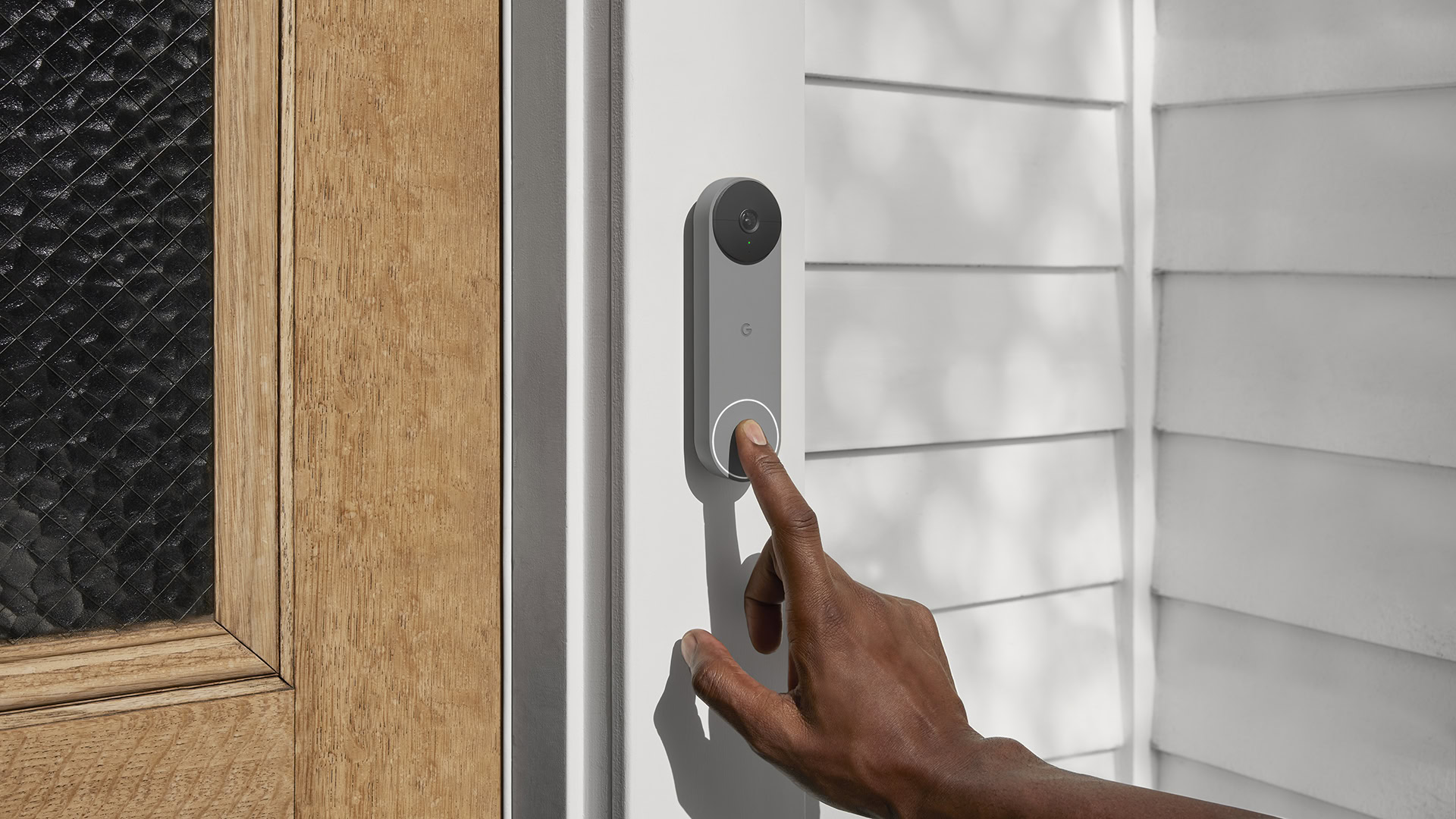
Cameras 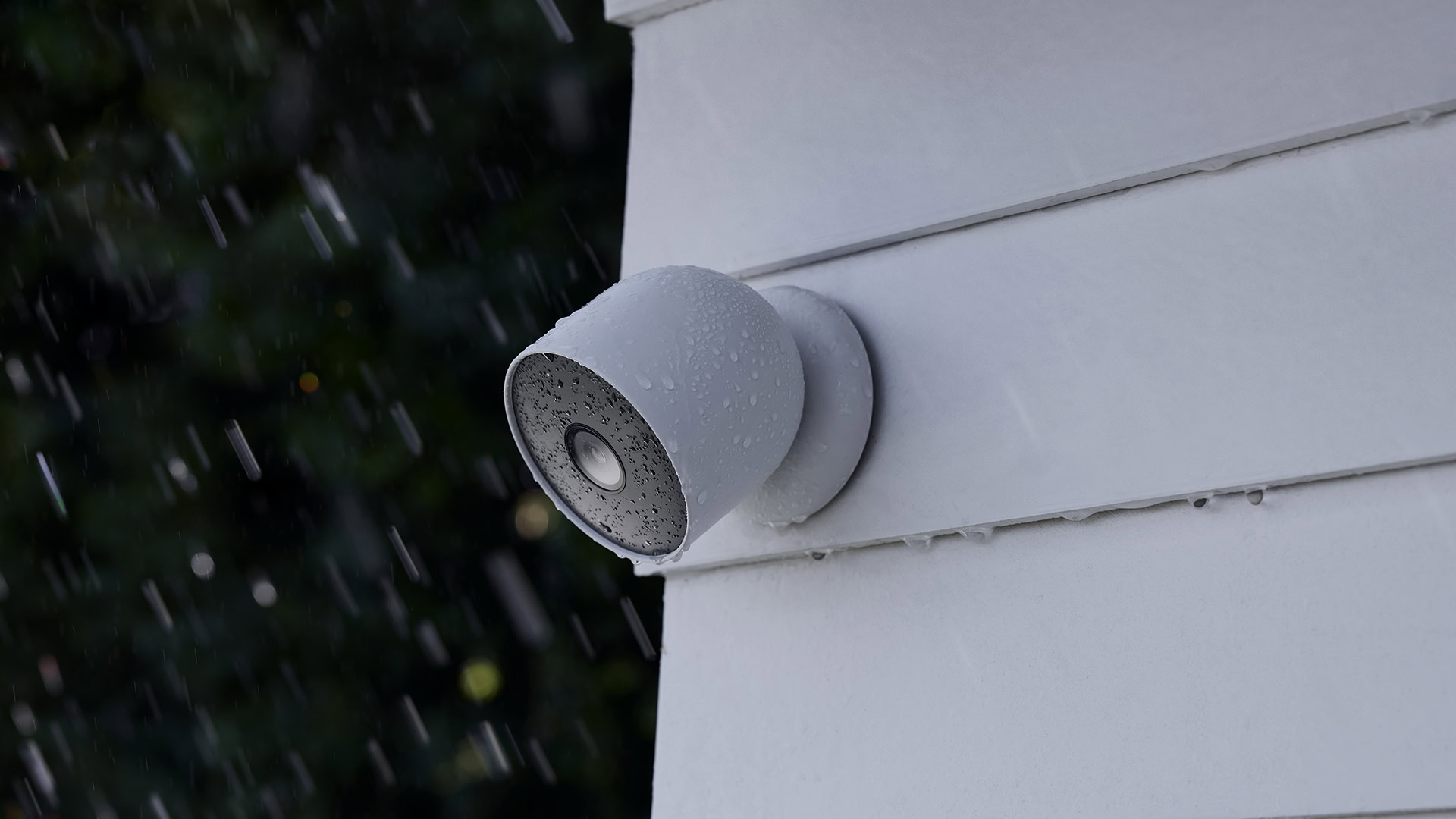
Smart speakers 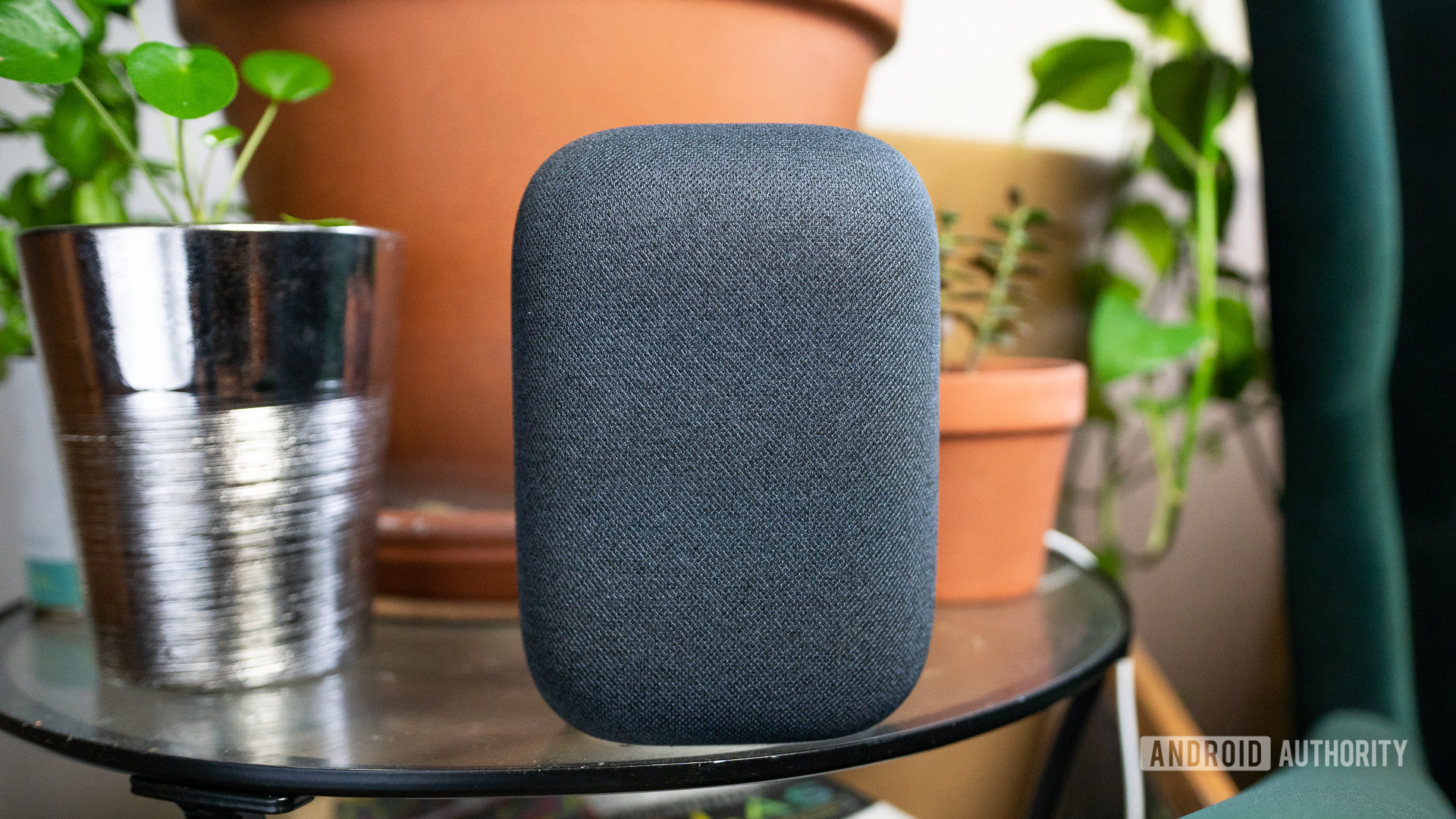
Adam Molina / Android Authority Smart displays 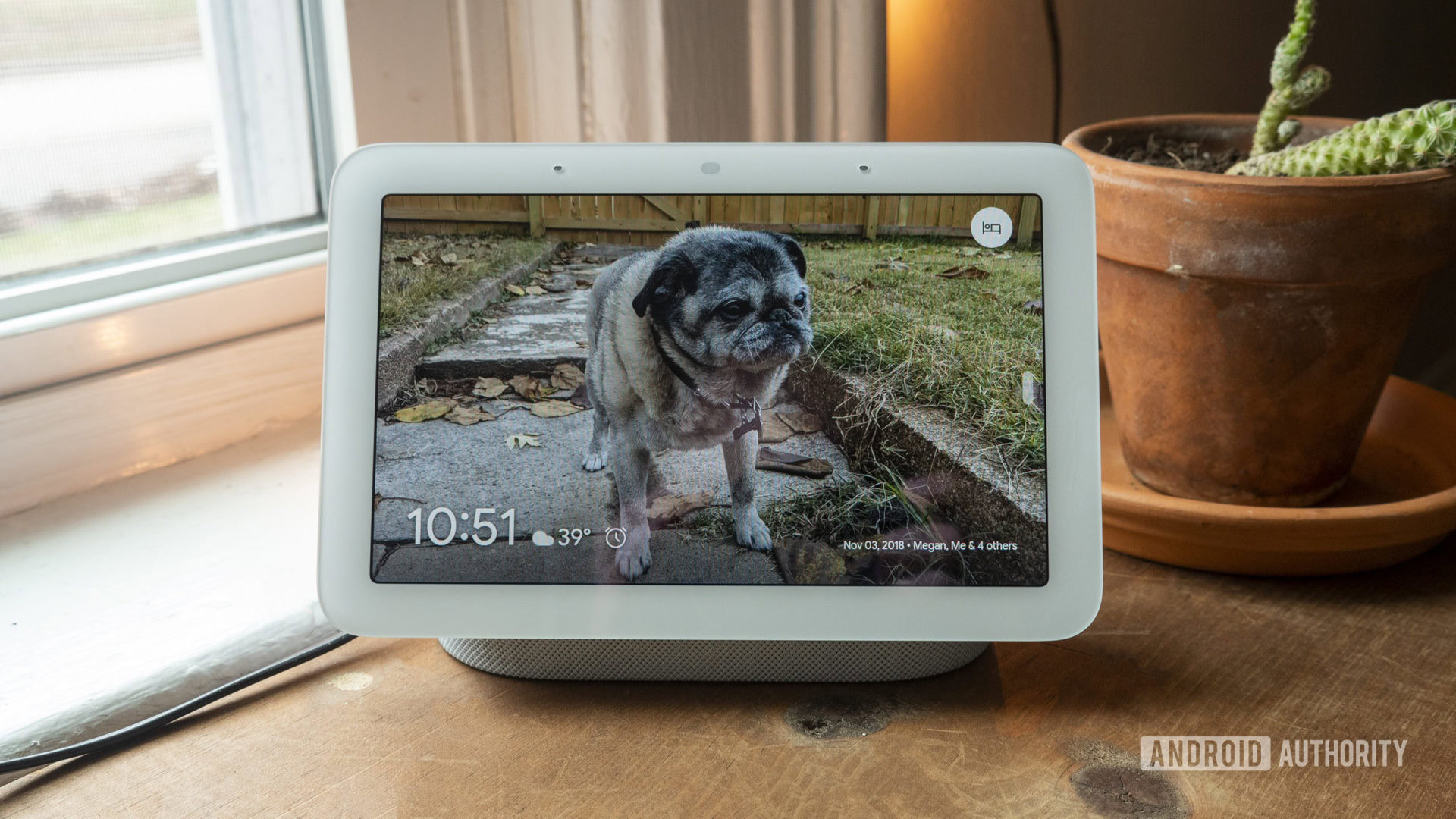
Jimmy Westenberg / Android Authority Safety sensors Wi-Fi routers 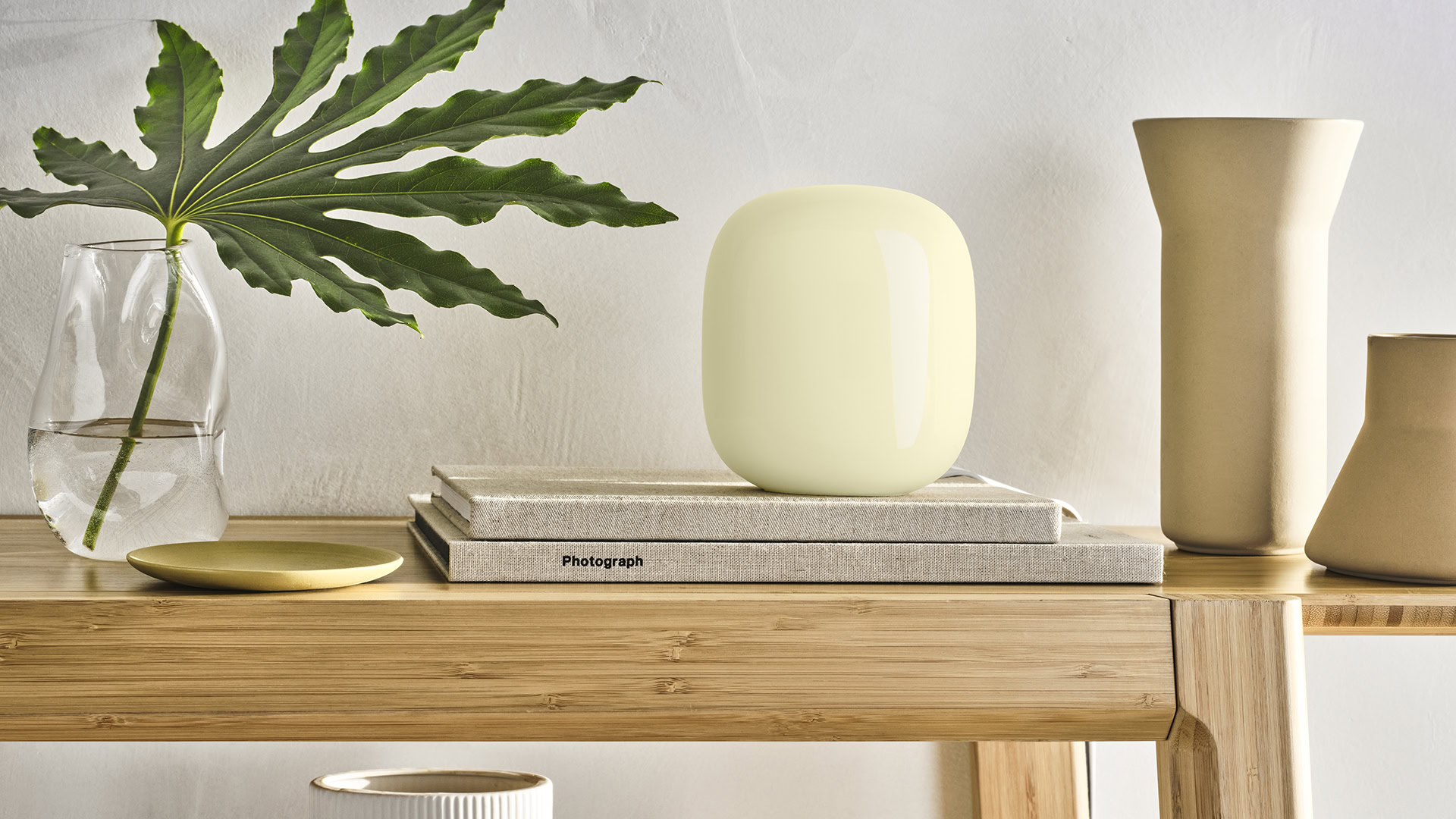
Media streamers 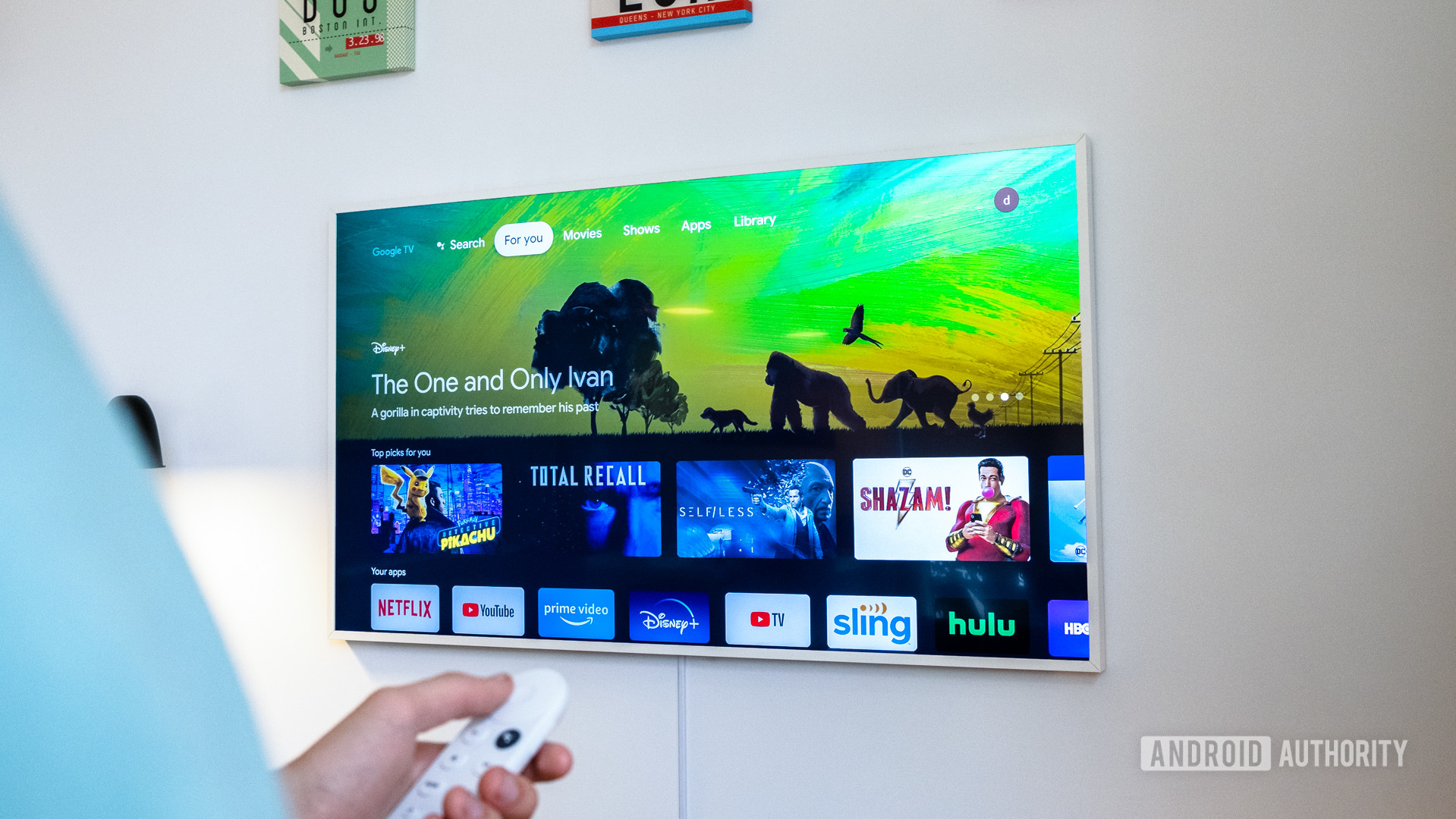
David Imel / Android Authority Smart locks Google just recently began rolling out a new version of the Home app, meant to solve some long-standing complaints. We won’t go into every minute detail, but here’s a breakdown of the essentials. The homescreen/Favorites tab Here you’ll find a carousel of device categories (Cameras, Lighting, etc.), plus quick-access controls and camera views for any scenes, accessories, or commands you’ve marked as Favorites (tap Add Favorites to start, or Edit to change). If you’re playing audio or video on a compatible device, you’ll see a small overlay with media information, a play/pause toggle, and a Google Cast button for shifting content to other devices. A Home/Away drop-down menu can be used to flip between different device settings based on your presence, if you’ve set that up. If you need to switch Google accounts, or manage settings not covered in the Settings tab (see later), tap on your profile icon. To control devices here or anywhere in the home app, it’s important to distinguish between tap and long-press options. If you do a quick tap on something like a light or smart plug, it’ll simply toggle on and off. To access more complex options, such as colors and brightness for smart bulbs, you’ll probably have to long-press. Long-press and slide on audio devices to adjust their volume. If you tap into a carousel category, you’ll see a broad overview — thumbnails for Cameras, sliders for Lighting, and so on. Where applicable, you can even turn everything in a category on or off with a single tap. At the bottom of the homescreen you’ll see five tabs: Favorites, Devices, Automations, Activity, and Settings. The Devices tab This is similar to the Favorites view, except that it includes every device linked to your Google account, organized by the rooms you’ve assigned them to. This also where you go to add new devices by tapping the plus icon. You’ll get two subsequent options: The Automations tab Manual smart home control offers a little extra convenience, but naturally, the thing most people are interested in is automation — triggering accessories under specific conditions, or at least triggering multiple accessories with a single command. Under the new Home structure, automations are divided into Household and Personal routines. Household routines can be seen, edited, and triggered by anyone you’ve added to your home in the Settings tab. Personal routines are visible only to you, and should be your default choice unless you know others will want to use them. Tap the plus icon to begin creating either kind. To build an automation, you first need to hit Add starter to choose a trigger condition. There are five starters at the moment: Tap Add action to choose one or more things that will happen when a routine runs. The possibilities are endless, but there are seven action categories: You can also specify a delayed start for actions. A “leaving for work” automation, for example, might only lock your door and turn off the lights 15 minutes later, giving you ample time to get out of the house. Once automations are ready, any of them can be run from the Automations tab, regardless of whether they’re normally triggered by voice or scheduling. The Activity tabThis tab shows a history of events, including not just home activity but things like invitations to new members and suggestions to connect third-party devices. It may be useful as a way of making sure automations are running as expected, or catching up with notifications you missed when they were live. The Settings tab There are many options available here, so we’ll focus on the most important ones. Google Home vs Amazon Alexa and Apple HomeKit With its latest changes, Google Home has become much more competitive with Amazon Alexa and Apple HomeKit. It used to be that Home didn’t even support accessory-based triggers, which eliminated a lot of possibilities and for some people reduced Home to a way of controlling Assistant-capable speakers, TVs, and displays. We’d still give the edge to Alexa and HomeKit when it comes to automation possibilities, but practically speaking, it shouldn’t make a difference to most people. Alexa is unique in offering free sound detection triggers, such as baby cries or beeping appliances, not to mention Alexa Guard options if you’re in the US. You need to spring for Nest Aware to get anything similar with Google. HomeKit does offer sound detection on HomePods, but only for smoke and carbon monoxide alarms, and it can’t be used to trigger anything except notifications. Google Home has become much more competitive with Alexa and HomeKit. All three platforms are gradually expanding Matter and Thread support. As mentioned, Matter simplifies cross-platform compatibility. Thread is a low-power wireless protocol with fast response that reduces the need for hubs. Alexa is the only platform that supports both technologies for Android and iOS, although you need a 4th gen Echo if you want Thread. Google should eventually add iOS Matter pairing to its Android support, and already has more Thread devices (the Nest Hub 2nd gen, Nest Hub Max, and Nest Wifi Pro). Don’t expect HomeKit on Android anytime soon, if ever, but the platform was the first to offer Thread and has fully embraced Matter. We will say that Google Assistant offers the best voice technology, hands down. It’s better at understanding context than Alexa or Apple’s Siri, and supports two commands in the same sentence, which makes it more efficient. On top of this it’s superior at answering knowledge questions, using Google Search data to scrape the far reaches of the web. Note that if you’re a hardcore fan of YouTube, YouTube TV, or YouTube Music, Google should be an easy choice. There’s just no direct support for those in Alexa or HomeKit, which is problem if you want to use them on smart speakers and displays. You can find sometimes find apps on select devices such as the Apple TV 4K, Fire TV streamers, or the Echo Show 15. On other Echo Show devices, you can use a web workaround. How to set up a smart home in the Google Home ecosystem Which products to start with 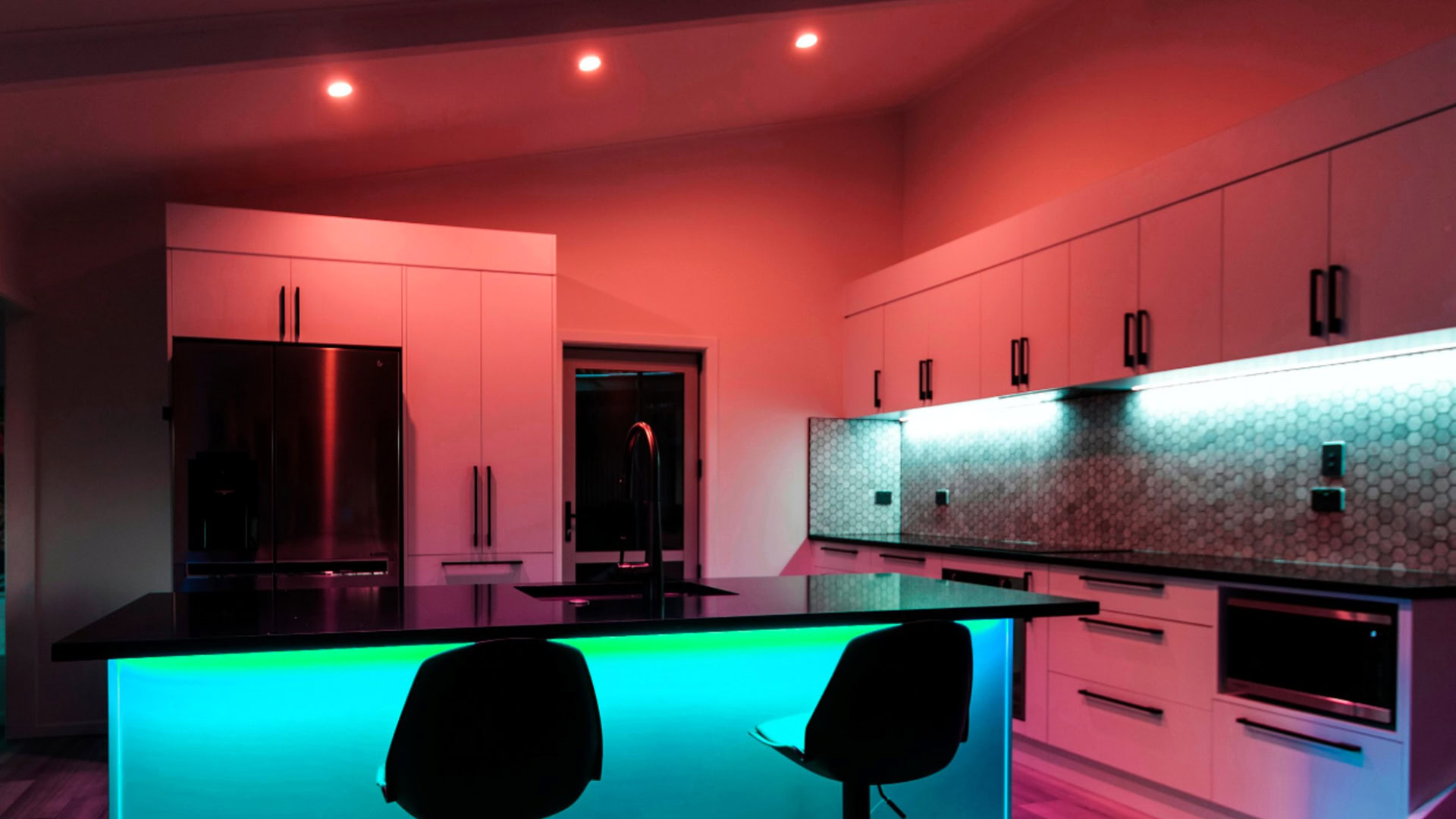
LIFX Before anything else, you need to decide on hardware. This is going to depend not just on your budget, but the things you care most about automating. You might enjoy the idea of smart shades or a garage door opener, but if they’re not going to make a huge difference in your life, you might as well save your money. You can always add accessories later. These are the products we feel are worthwhile for a basic but well-rounded smart home: Note that if you’re renting a space, you probably won’t be allowed to install your own locks, switches, or thermostats. You might be able to use a video doorbell if it’s battery-powered and you can install it with non-permanent mounting. Setting up a Google Nest speaker or display 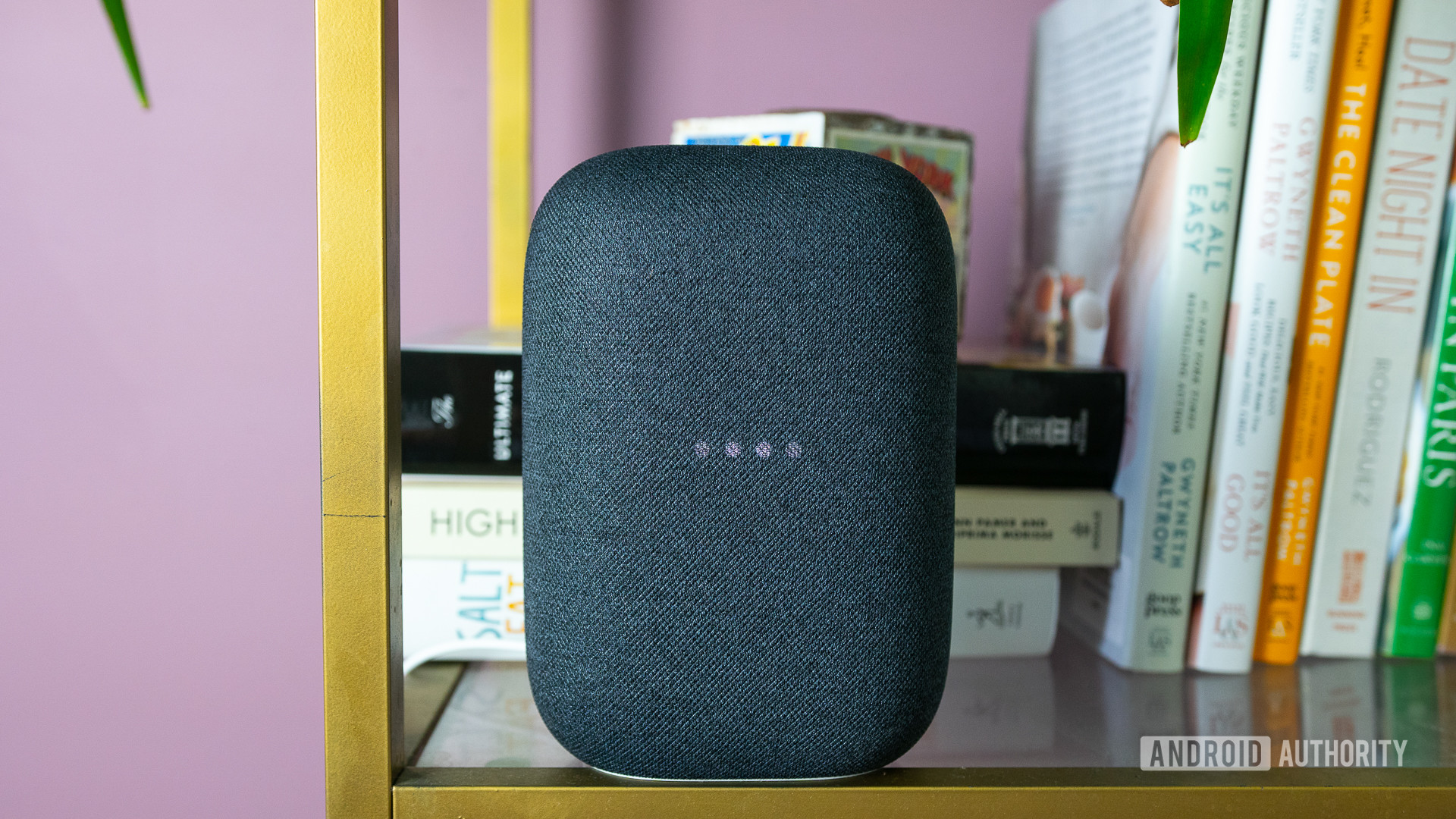
Adam Molina / Android Authority If you do decide to go the Google Nest route for speakers or displays, here’s how to get them up and running. Tips for a great experience 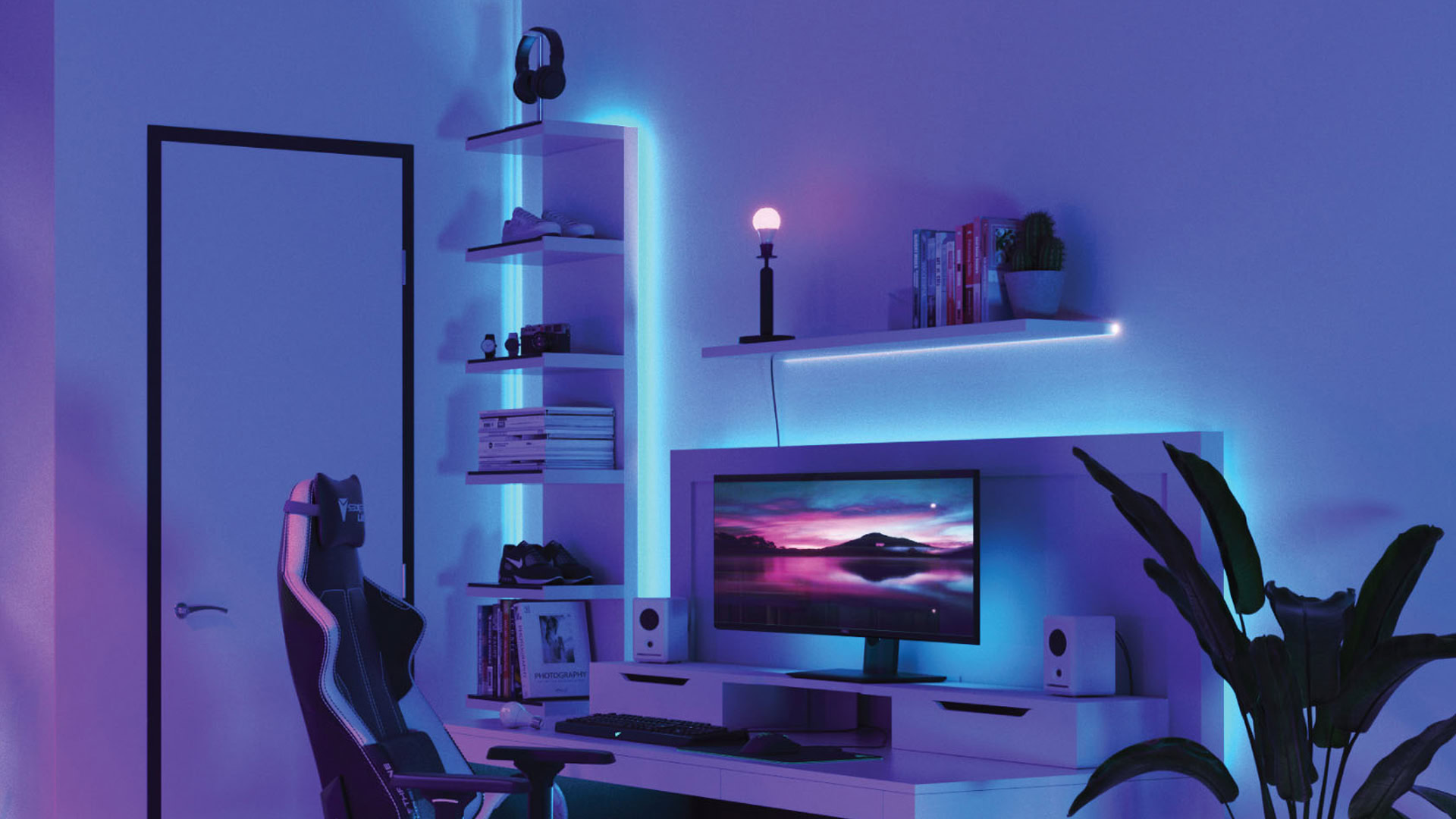
Nanoleaf Following these principles can solve some of the hassles of running a Google smart home. Read more: The best Google Assistant devices CommentsDon't blame the algorithm! Study finds users' own political views are what REALLY drive them to fake newsParanoid about social media and search engine algorithms serving slanted news to the public? The worst offenders might just be those biased members of the public themselves. Communications and data scientists from three universities tracked the web browsing habits of over a thousand internet news consumers for the duration of the 2018 and 2020 US election cycles. They compared the partisan nature of various Google search results to these users' own independent internet habits, as well as to which links from those Google recommendations their subjects engaged with. Just 31.3 percent of their participants were responsible for a staggering 90 percent of all unreliable news exposures in 2018. And only 25.1 percent took in all 90 percent of that fake news in 2020. This percentage that took the clickbait, at least judging from these findings, were more likely to be older and more likely to self-identify as 'strongly Republican.' Researchers at Rutgers, Stanford, and Northeastern University found that Google search results provided more diverse and reliable news than readers were likely to click on. On average, their study participants betrayed a slight bias toward partisan and unreliable news Across both 2018 and 2020 election cycles, study subjects who self-identified as 'Strong Republican' were more likely to engage with both unreliable and highly partisan news online 'What our findings suggest is that Google is surfacing this content evenly among users with different political views,' according to study coauthor Katherine Ognyanova, an associate professor of communication at the Rutgers School of Communication and Information. 'To the extent that people are engaging with those websites,' Ognyanova said, 'that's based largely on personal political outlook.' Across both election cycles, the average participant was slightly more likely to engage with unreliable news than Google was likely to expose them to unreliable news in their search results. The difference was by about one percentage point each year. Links leading to unreliable news appeared at an average rate of 2.05 percent in 2018 and 0.72 percent in 2020 in the study subjects' Google search results. But these participants were, by and large, just a little more likely to click on those sketchy links based on Google's recommendation: 2.36 percent in 2018 and 0.93 percent in 2020. And they were just a little more likely to visit those unreliable sites of their own free will, by 3.03 percent in 2018 and 1.86 percent in 2020. Ognyanova at Rutgers and her colleagues at the Stanford Internet Observatory and Northeastern University's Network Science Institute, also had their volunteer research subjects complete a survey on their political identity. The participants self-reported their political identification along a seven-point scale that ranged from 'strong Democrat' to 'strong Republican.' The researchers then paired these survey results with the web traffic data collected from these same participants, 1,021 in total, who had voluntarily installed a special extension for their Chrome and Firefox browsers. This custom-built browser extension recorded the URLs of Google Search results, as well as the participants' Google and browser histories, tracking their exposure and engagement to online news and political content. The software supplied the team with detailed information not just on the media that these users were engaging with online, but also for how long. Ognyanova and her colleagues used the term 'Google search follows' to indicate cases where participants actually clicked and engaged with content that came from their search results. They defined 'follows' as cases where the person visited a URL immediately or within 60 seconds after exposure to the content via Google search. These 'Google search follows' were also compared to 'overall engagement,' meaning all the news sites that their participants visited on their own, without Google's help. Following the online habits of 1,021 participants, the team found that self-identified Republicans (red, above) as well as Independents (grey) were more likely to engage with both partisan and unreliable news for longer periods, despite similar Google results for each group The researchers also found a strong relationship between partisan news and news that was factually unreliable. As they tracked users' exposure to 'fake news' via Google, they were able to see a preference among self-identified 'strong Republicans' for biased and unreliable news For both election years, the study found that the penchant for partisan news reading, 'the difference in news partisanship between the average strong Republican and the average strong Democrat' was small based on what Google served up. But the gap grew based on what these groups clicked, or visited themselves. 'Right-leaning partisans, but not left-leaning ones, are more likely to follow identity-congruent news sources from Google Search,' as the researchers put it in their study, published today in the journal Nature, 'even when accounting for the contents of their search queries.' 'Strong Republicans engaged with significantly more news from unreliable sources than independents did,' according to their findings for both in both 2018 and 2020. The study also found that their participants in aged 65 and over were more likely to stumble upon and engage with unreliable news than those in younger demos. Even though her team's results suggest that news consumers can be their own worst enemy, Ognyanova said that she thinks Google's algorithms can generate results that are polarizing and potentially inflammatory. 'This doesn't let platforms like Google off the hook,' she said. 'They're still showing people information that's partisan and unreliable. But our study underscores that it is content consumers who are in the driver's seat.' Becoming A Local Guide: A Guide To Google Maps' Program And Its Benefits © Diego Thomazini/Shutterstock Google Maps held open on street © Diego Thomazini/Shutterstock Google Maps held open on street
It's difficult for the younger generation to imagine life before Google Maps. Those of a certain age will vaguely remember the horrors of paper maps, trying to navigate in a moving car with the most pertinent information concealed in a fold in the paper (as was inevitably the way). Today millions of us have easy access to Google Maps, with its super convenient functionality (and stunning Immersive View feature) and easily digestible directions. The app can do much more than just that, however. It can provide restaurant reviews, opening and closing times, and other valuable information about a place that may be entirely new to the user. How, though, does Google gather this information? In part from a worldwide network of Local Guides. If you'd like to lend your local knowledge to the world's Google Maps users, here's how to go about that and why getting involved is worth your while. How Can You Become A Google Maps Local Guide? © Bilanol/Shutterstock Google Maps on smartphone directions © Bilanol/Shutterstock Google Maps on smartphone directions
Frequent travelers and users of Google Maps will probably be familiar with the questions the app asks of them. It may, for instance, ask for a review of a given establishment, whether it provides a specific service, and so on. Any user can answer these queries or leave a review (whether simply in stars or text, too) via the Contribute tab, but Local Guides are rather more committed to the cause. Users must visit the Google Maps Local Guides sign-up page to register to become a Local Guide. There isn't an application process or specific requirement, but there is the understanding of being bound by the Terms and Conditions of the program. These include simple factors like being of legal age in the country of residence and not combining Street View trusted provider status with that of a Local Guide. Those who meet the requirements need to add their hometown to the My City box on the sign-up page and then register as a Local Guide for that city. Then it's a matter of using Google Maps' Contribute function to provide illustrative images of locations, add new locations if they aren't currently detailed on Google Maps, answer questions other users have posed, provide authoritative and thorough reviews, and so on. Increasing Your Google Maps Local Guide Level And The Rewards That Come With Doing So © AngieYeoh/Shutterstock Google Maps Local Guide page open © AngieYeoh/Shutterstock Google Maps Local Guide page open
As mentioned, Google Maps allows any user to add to its knowledge base in this way. What is the incentive for Local Guides who go the extra mile voluntarily? There's a whole benefits system just for them. A guide's level is based on the frequency of their contributions, and as they level up, badges are acquired from Level 4. Google explains that different types of contribution equate to different point values. A fact-check, rating, or answered question is worth a point while adding a previously-unrecognized place or road to the map is worth 15 points. It costs 15 points to advance to Level 2, 75 to reach Level 3, and the values increase to 100,000 points for Level 10. This is an elite level for the most dedicated of guides. For their efforts, per Our Tech Room, users are rewarded with profile badges, which demonstrate to others on the service that this is a contribution to trust. The Photographer badge, for instance, is awarded to those who frequently add quality images of a location. Google Local Guide Summit invitations are also awarded to high-level Local Guides. "Remain an active contributor on Google Maps to be eligible for rewards and early access to new features," Google adds, further sweetening the deal. High-quality contributions are counted, so it's quality over quantity. Read this next: Incredibly Popular Apps That Have Terrible User Experiences |
Whilst it is very hard task to choose reliable exam questions and answers resources regarding review, reputation and validity because people get ripoff due to choosing incorrect service. Killexams make it sure to provide its clients far better to their resources with respect to exam dumps update and validity. Most of other peoples ripoff report complaint clients come to us for the brain dumps and pass their exams enjoyably and easily. We never compromise on our review, reputation and quality because killexams review, killexams reputation and killexams client self confidence is important to all of us. Specially we manage killexams.com review, killexams.com reputation, killexams.com ripoff report complaint, killexams.com trust, killexams.com validity, killexams.com report and killexams scam. If perhaps you see any bogus report posted by our competitor with the name killexams ripoff report complaint internet, killexams.com ripoff report, killexams.com scam, killexams.com complaint or something like this, just keep in mind that there are always bad people damaging reputation of good services due to their benefits. There are a large number of satisfied customers that pass their exams using killexams.com brain dumps, killexams PDF questions, killexams practice questions, killexams exam simulator. Visit our test questions and sample brain dumps, our exam simulator and you will definitely know that killexams.com is the best brain dumps site.
Which is the best dumps website?
You bet, Killexams is completely legit plus fully reliable. There are several characteristics that makes killexams.com genuine and legitimate. It provides up to par and completely valid exam dumps comprising real exams questions and answers. Price is very low as compared to a lot of the services on internet. The questions and answers are up to date on standard basis through most recent brain dumps. Killexams account make and product or service delivery can be quite fast. Record downloading is usually unlimited and very fast. Support is avaiable via Livechat and Electronic mail. These are the features that makes killexams.com a robust website that include exam dumps with real exams questions.
Is killexams.com test material dependable?
There are several Questions and Answers provider in the market claiming that they provide Actual Exam Questions, Braindumps, Practice Tests, Study Guides, cheat sheet and many other names, but most of them are re-sellers that do not update their contents frequently. Killexams.com is best website of Year 2023 that understands the issue candidates face when they spend their time studying obsolete contents taken from free pdf download sites or reseller sites. Thats why killexams.com update Exam Questions and Answers with the same frequency as they are updated in Real Test. Exam dumps provided by killexams.com are Reliable, Up-to-date and validated by Certified Professionals. They maintain Question Bank of valid Questions that is kept up-to-date by checking update on daily basis.
If you want to Pass your Exam Fast with improvement in your knowledge about latest course contents and topics of new syllabus, We recommend to Download PDF Exam Questions from killexams.com and get ready for actual exam. When you feel that you should register for Premium Version, Just choose visit killexams.com and register, you will receive your Username/Password in your Email within 5 to 10 minutes. All the future updates and changes in Questions and Answers will be provided in your Download Account. You can download Premium Exam Dumps files as many times as you want, There is no limit.
Killexams.com has provided VCE Practice Test Software to Practice your Exam by Taking Test Frequently. It asks the Real Exam Questions and Marks Your Progress. You can take test as many times as you want. There is no limit. It will make your test prep very fast and effective. When you start getting 100% Marks with complete Pool of Questions, you will be ready to take Actual Test. Go register for Test in Test Center and Enjoy your Success.
ASVAB-Paragraph-comp PDF Dumps | HPE0-S57 practice exam | 2B0-102 exam results | ISEB-BA1 braindumps | Platform-App-Builder free practice tests | PPM-001 past bar exams | Salesforce-Marketing-Cloud-Developer exam test | Servicenow-CIS-HR exam prep | ISTQB-Advanced-Level-3 online exam | HPE0-S58 questions download | PCM practice exam | NCE cheat sheet | ADX-271 dumps questions | 010-111 Free Exam PDF | JumpCloud-Core Cheatsheet | CSBA test prep | ServiceNow-CSA dumps | GMAT-Quntitative test prep | CTEL study guide | AD01 test exam |
Google-AMA - Google AdWords Mobile Advertising education
Google-AMA - Google AdWords Mobile Advertising Dumps
Google-AMA - Google AdWords Mobile Advertising course outline
Google-AMA - Google AdWords Mobile Advertising information hunger
Google-AMA - Google AdWords Mobile Advertising exam format
Google-AMA - Google AdWords Mobile Advertising techniques
Google-AMA - Google AdWords Mobile Advertising Real Exam Questions
Google-AMA - Google AdWords Mobile Advertising learning
Google-AMA - Google AdWords Mobile Advertising cheat sheet
Google-AMA - Google AdWords Mobile Advertising tricks
Google-AMA - Google AdWords Mobile Advertising tricks
Google-AMA - Google AdWords Mobile Advertising Latest Topics
Google-AMA - Google AdWords Mobile Advertising certification
Google-AMA - Google AdWords Mobile Advertising exam dumps
Google-AMA - Google AdWords Mobile Advertising information search
Google-AMA - Google AdWords Mobile Advertising Questions and Answers
Google-AMA - Google AdWords Mobile Advertising test
Google-AMA - Google AdWords Mobile Advertising test prep
Google-AMA - Google AdWords Mobile Advertising Test Prep
Google-AMA - Google AdWords Mobile Advertising study tips
Google-AMA - Google AdWords Mobile Advertising study help
Google-AMA - Google AdWords Mobile Advertising Free PDF
Google-AMA - Google AdWords Mobile Advertising Exam Questions
Google-AMA - Google AdWords Mobile Advertising Real Exam Questions
Google-AMA - Google AdWords Mobile Advertising Latest Topics
Google-AMA - Google AdWords Mobile Advertising exam syllabus
Google-AMA - Google AdWords Mobile Advertising Test Prep
Google-AMA - Google AdWords Mobile Advertising PDF Dumps
Google-AMA - Google AdWords Mobile Advertising guide
Google-AMA - Google AdWords Mobile Advertising PDF Questions
Google-AMA - Google AdWords Mobile Advertising test
Google-AMA - Google AdWords Mobile Advertising Exam Questions
Google-AMA - Google AdWords Mobile Advertising Real Exam Questions
Google-AMA - Google AdWords Mobile Advertising Question Bank
Google-AMA - Google AdWords Mobile Advertising Test Prep
Google-AMA - Google AdWords Mobile Advertising exam
Google-AMA - Google AdWords Mobile Advertising exam
Google-AMA - Google AdWords Mobile Advertising study help
Other Google Exam Dumps
Google-ASA free pdf | Google-AAD exam test | Google-AVA exam prep | Google-PCD cheat sheet | Google-PDE pass marks | Google-PCSE Free Exam PDF | Cloud-Digital-Leader free practice tests | Google-PCDE online exam | Google-PCNE english test questions | Google-AMA questions answers | Adwords-Display exam questions | Google-PCE exam questions | Google-PCA test exam | Adwords-fundamentals Real Exam Questions | Professional-Cloud-DevOps-Engineer Exam dumps | Apigee-API-Engineer practice exam | Google-ACE questions and answers | Adwords-Reporting real questions | Google-IQ exam prep | Adwords-Search Cheatsheet |
Best Exam Dumps You Ever Experienced
DES-2T13 braindumps | ACP-600 brain dumps | Salesforce-Certified-Marketing-Cloud-Consultant practical test | 050-SEPROSIEM-01 pdf download | HPE6-A82 cbt | Copedo-Developer study guide | ISTQB-Advanced-Level-3 test example | 2V0-41.20 cheat sheet pdf | 300-515 exam results | CCI certification sample | PACE VCE | NSE5_FMG-7.0 dumps | MB-700 sample test questions | HH0-580 exam questions | CFE-FT-FS Exam Questions | COF-C01 exam tips | AZ-140 Free Exam PDF | 1Y0-440 braindumps | SPLK-1002 real questions | HPE6-A73 real questions |
References :
http://killexams-braindumps.blogspot.com/2020/06/free-download-account-of-killexamscom_11.html
https://killexams-posting.dropmark.com/817438/23730912
https://killexams-posting.dropmark.com/817438/23731226
https://www.instapaper.com/read/1324035279
http://feeds.feedburner.com/HereIsTheBestsPlaceToGetHelpPassGoogle-amaExam
https://sites.google.com/view/ killexams-googl
https://files.fm/f/aybbzn2du
Similar Websites :
Pass4sure Certification Exam dumps
Pass4Sure Exam Questions and Dumps